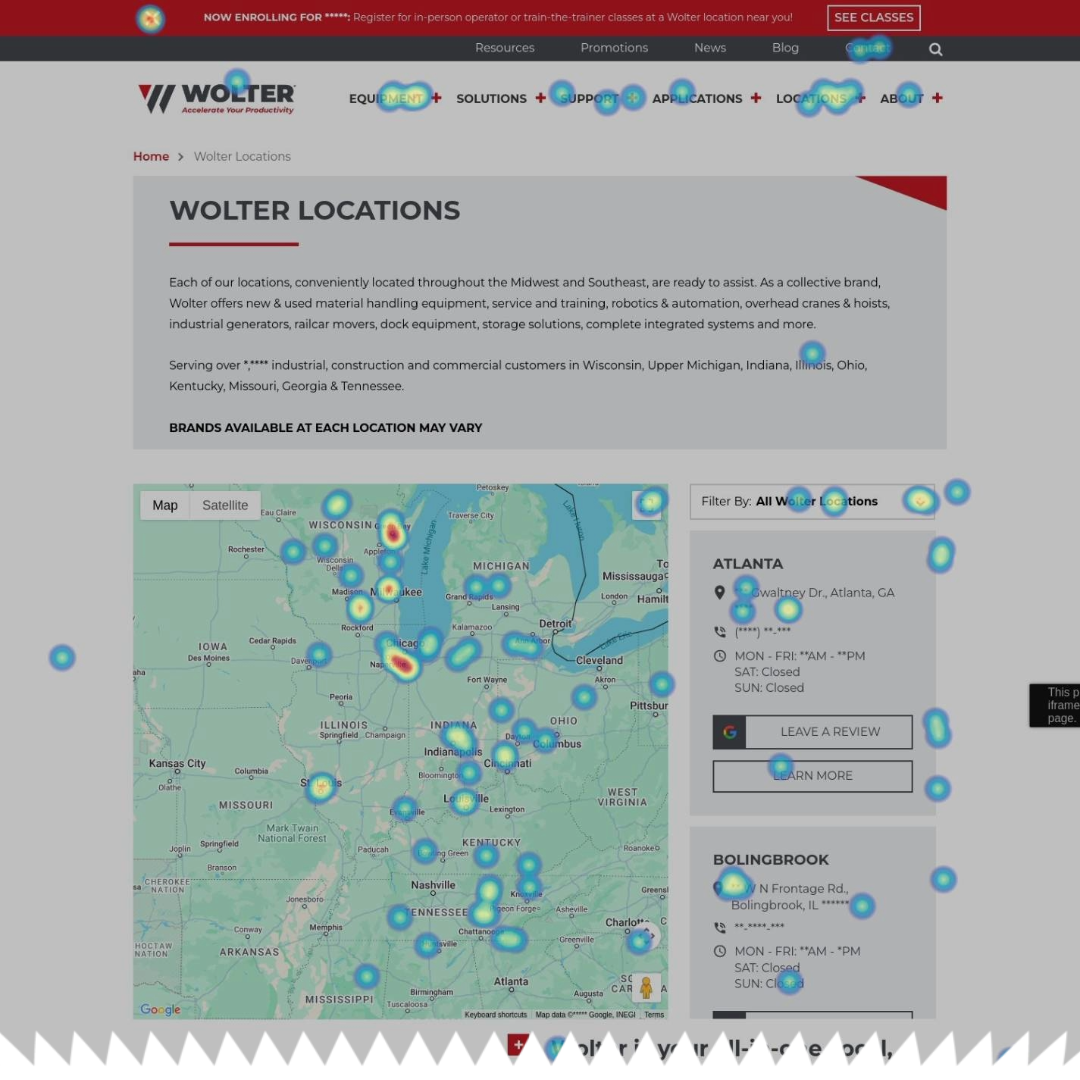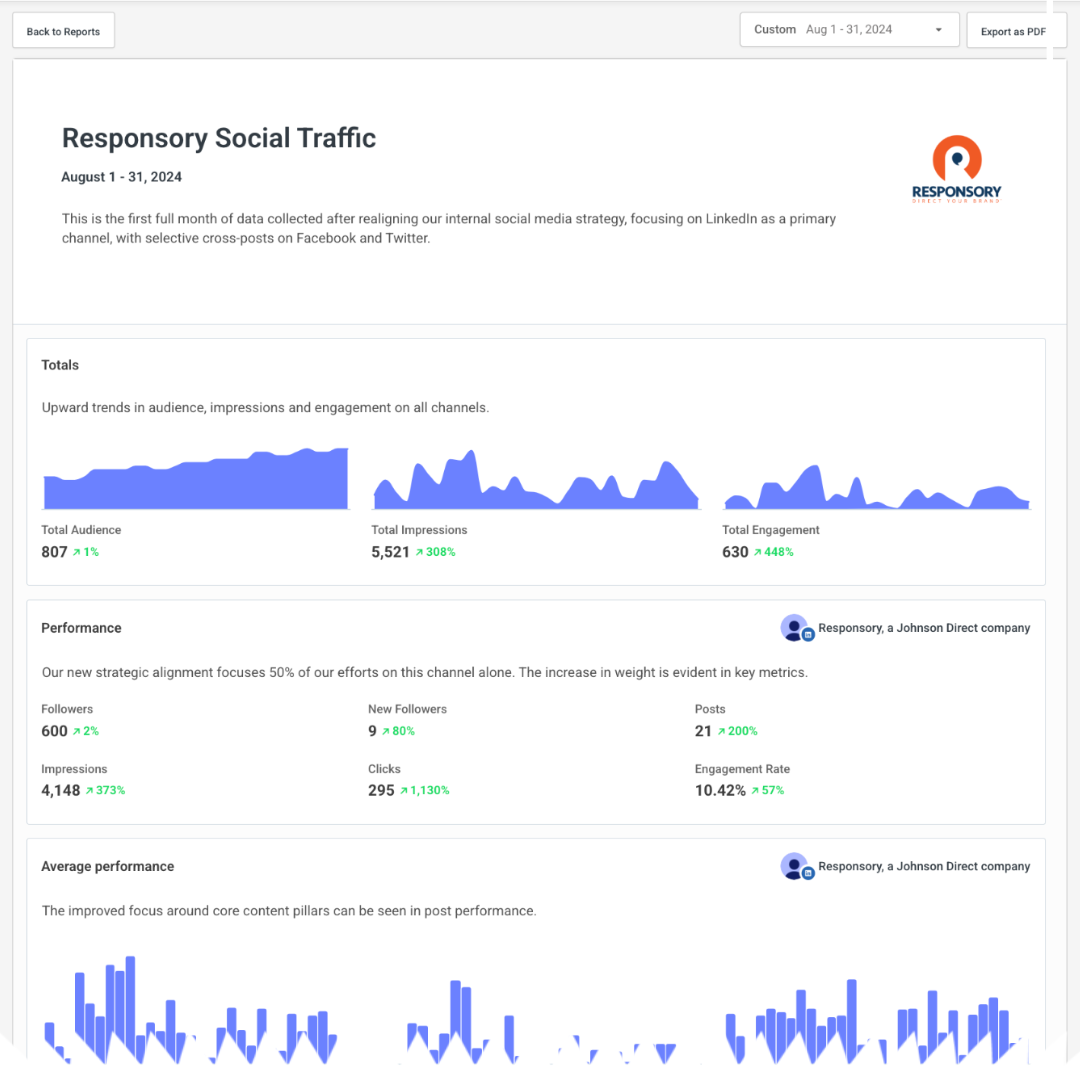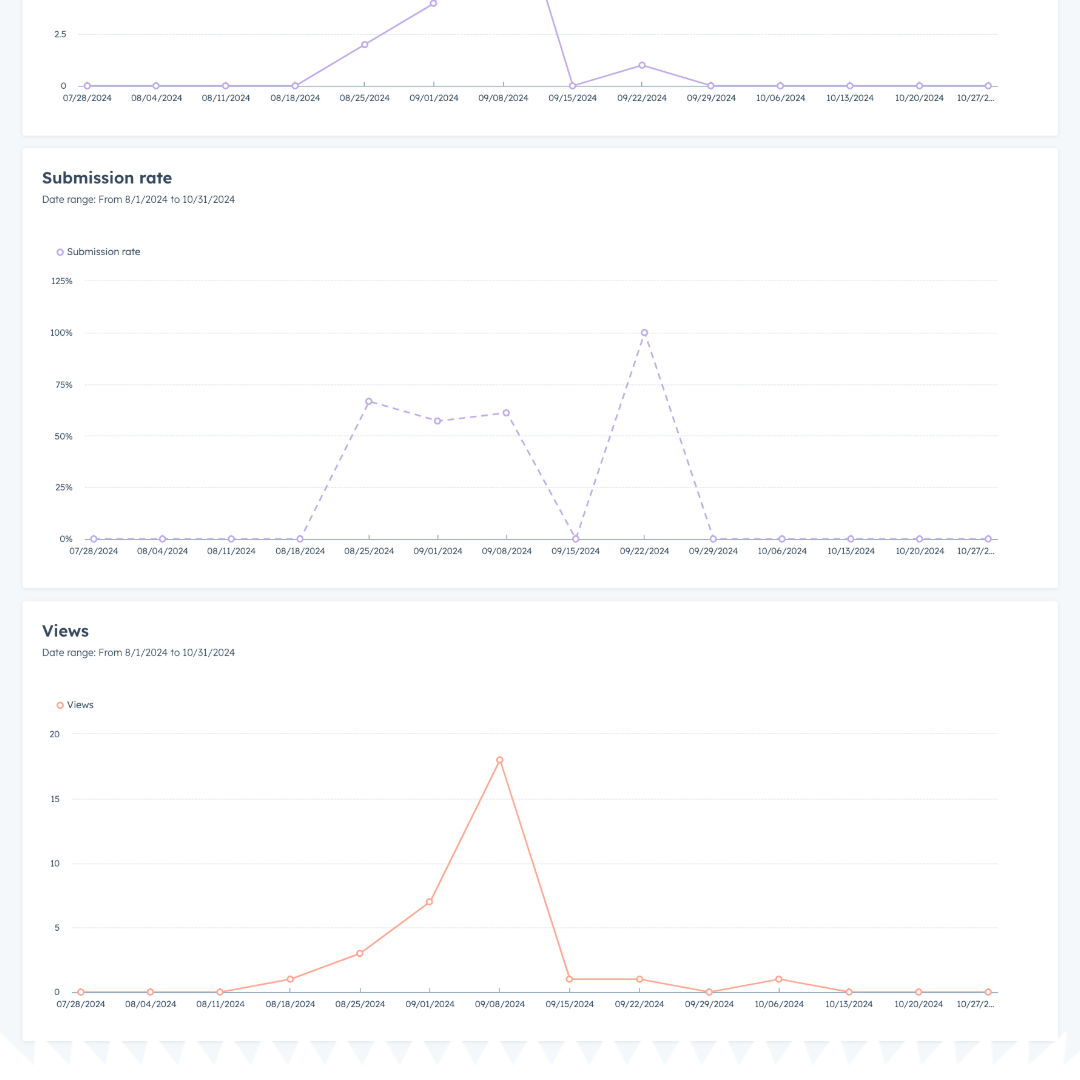Thinking, Feeling and Doing Your Way to Better Marketing
With competition for audience attention at an all-time high, the Think-Feel-Do model provides a powerful framework that blends data, emotion and experience to captivate your audiences and drive action. Discover what makes this approach effective and how you can apply it today.
In a sea of digital noise, how do you make your brand’s voice not just heard, but remembered?
…Is it a catchy slogan? A compelling offer? Or is it something deeper – something that connects with people on an emotional level?
Emotional factors are the primary driver for brand loyalty and brand advocacy. In fact, research shows brands that forge emotional connections see a 306% higher customer lifetime value than those that don’t.
Yet many marketing campaigns still focus on pushing products instead of creating experiences. The result? Customers are left feeling like just another transaction. Or worse – the brand is overlooked altogether.
What if you could tap into your customers’ deepest motivations, guiding them seamlessly from awareness to conversion? Enter the Think-Feel-Do framework, a powerful psychological model that helps marketers align their strategy and messaging with customers’ evolving needs throughout the buyer journey.
With origins in cognitive psychology and traditional marketing principles, Think-Feel-Do reframes the traditional sales funnel. It encourages marketers to consider not just the actions their customers take, but the emotions and thought processes that guide them at each phase. We’ll dive deep into each stage, revealing how to craft messaging that resonates, build genuine connections, and ultimately, drive results.
THINK = Awareness
Use Data and Analytics to Inform Content and Positioning
During the awareness phase of the buyer’s journey, potential consumers may (consciously or subconsciously) realize they have a problem or a need. They may even start to search for solutions, and it’s your job to make sure they discover your brand.
Fortunately, today’s marketers don’t have to guess what their audiences want. During this stage, you can leverage data and analytics to fine-tune content and positioning, and know exactly what’s working and why.
Take Action
Web Traffic Analytics
- Analyze web traffic to gain insights into how visitors are finding your site, whether via organic search, social media, paid ads or referrals.
- This helps you better understand consumer motivations and which channels to focus on.
Search and Brand Mentions
- Track keywords, branded search volume, and brand mentions using a combination of tools such as Google Adwords, Trends, Analytics and Search Console.
- Benchmark this data against your competition to identify areas of opportunity.
Heatmaps
- Available through platforms like Hotjar, heatmaps track how visitors interact with your site.
- Understanding where users are clicking, scrolling and engaging helps you optimize page layouts and content placement, as well as core message positioning.
Brand Awareness Surveys
- Use unprompted brand recall surveys to gauge customer familiarity with your company or products.
- This direct feedback can show you how well your marketing efforts are working and where you can improve.

A Hotjar clickmap (type of heatmap) example collected from a client website.
When it comes to consumer behavior, real-time data is your compass, guiding you to continuously refine your content strategy and capture the attention of your ever-evolving audience.
But awareness alone isn’t enough. To move potential customers towards a decision, we need to connect with them on a deeper level. In the next phase, consideration takes center stage and the focus shifts to emotional connections.
FEEL = Consideration
Build Emotional Connections that Foster Engagement
In this phase, customers evaluate different solutions, compare alternatives and form emotional connections with brands they trust.
Emotional engagement is the driving force in this stage. Today’s consumers are looking for more than a transaction; they want brands that speak to their emotions and align with their values. Gen Z, in particular, is known for choosing brands that align with their ethical and environmental values.
Before you can cultivate this emotional connection with your audiences, you’ll need a deeper understanding of how they feel about your brand and what drives their preferences.
Take Action
Sentiment Analysis with MAP Research
- Track how customers are talking about your brand on social media, forums and other platforms.
- Sentiment analysis helps you gauge whether customers feel positively, negatively or neutrally about your brand and identify specific emotional triggers to leverage in your messaging.
Social Media Engagement
- Monitor likes, shares, comments and mentions on social media platforms to assess which messages resonate emotionally with your audience.
- Analyze the type of engagement to reveal the depth of emotional connection.
- Adjust your content to reflect what’s most meaningful to your followers.
Net Promoter Score (NPS) Surveys
- Asking consumers how likely they are to recommend your product through NPS surveys is a smart way to measure satisfaction and loyalty.
- This provides insight into how emotionally connected your audiences are to your brand, which can be a deciding factor as they move from consideration to decision.

A Buffer social media performance report example measuring engagement collected from our social channels.
In the Feel stage, it’s essential to emphasize how your solution aligns with your audience’s values and emotions. It involves showcasing your brand’s heart in a way that’s meaningful to your customers. By leveraging sentiment data to craft personalized and authentic messages, you’ll build trust and lasting connections, and increase the likelihood of customers becoming brand advocates.
Now that you’ve nurtured emotional connections and built trust, it’s time to translate that connection into tangible action. This brings us to the final stage, where decisions are made and conversions are secured.
DO = Decision
Optimize Conversion and Drive Action
The moment of truth has arrived. Your potential customers are poised to take action. Whether it’s requesting more information, making a purchase or signing up for a demo, the decision stage of the buyer’s journey focuses on converting interest into tangible results.
This is where behavioral triggers and conversion optimization techniques can pave the way for action. By using data to understand user behavior, you can fine-tune your approach and make it easier for customers to take the final step.
Take Action
Click-Through Rates (CTRs)
- Monitoring the performance of your calls to action and conversion points is key in this phase.
- Analyze CTRs to determine the effectiveness of your messaging and identify areas for improvement.
A/B Testing
- Use A/B testing to compare different versions of landing pages, ads or emails to see which performs better.
- For example, you might test different headlines, images or offers to determine which combination is most effective in driving conversions.
- This allows you to isolate specific elements that drive conversions, enabling data-driven refinements.
Conversion Points
- If your goal is for audiences to submit online forms (i.e. signing up for a newsletter or requesting a quote), track submissions to see where users drop off in the process.
- Tools like Hotjar or CrazyEgg can help you identify problem-areas and optimize the user experience to minimize abandonment.

A HubSpot report example displaying views vs. submissions (completion rate) for a lead magnet research paper form.
By carefully analyzing and optimizing these key metrics, you can transform potential into reality, guiding your customers toward conversion and turning them into loyal advocates. The key is to make the process as seamless as possible, based on what data tells you works best.
Build Awareness, Foster Connections and Drive Conversions
Weaving the Think-Feel-Do framework into your marketing strategy allows you to craft an experience in which your audiences feel understood, valued and inspired to act. Yes, this drives conversions. But it also turns these transactions into lasting relationships that help fuel your brand’s growth for years to come.
If you’re ready to build a brand that truly resonates, there’s no better time to get started. Reach out to us today, and we’ll help you craft a strategy that’s as smart as it is impactful.

About the Author
A prominent marketing strategist and nationally recognized thought leader, Grant A. Johnson is president and CEO of Responsory. He is a sought-after public speaker, direct marketing trainer, copywriter, award-winning author and the creator of Direct Branding℠, Responsory’s method for producing sure-fire measurable results.
This blog was edited by Ana Cook and updated on March 5, 2025 to reflect the latest information and insights.





